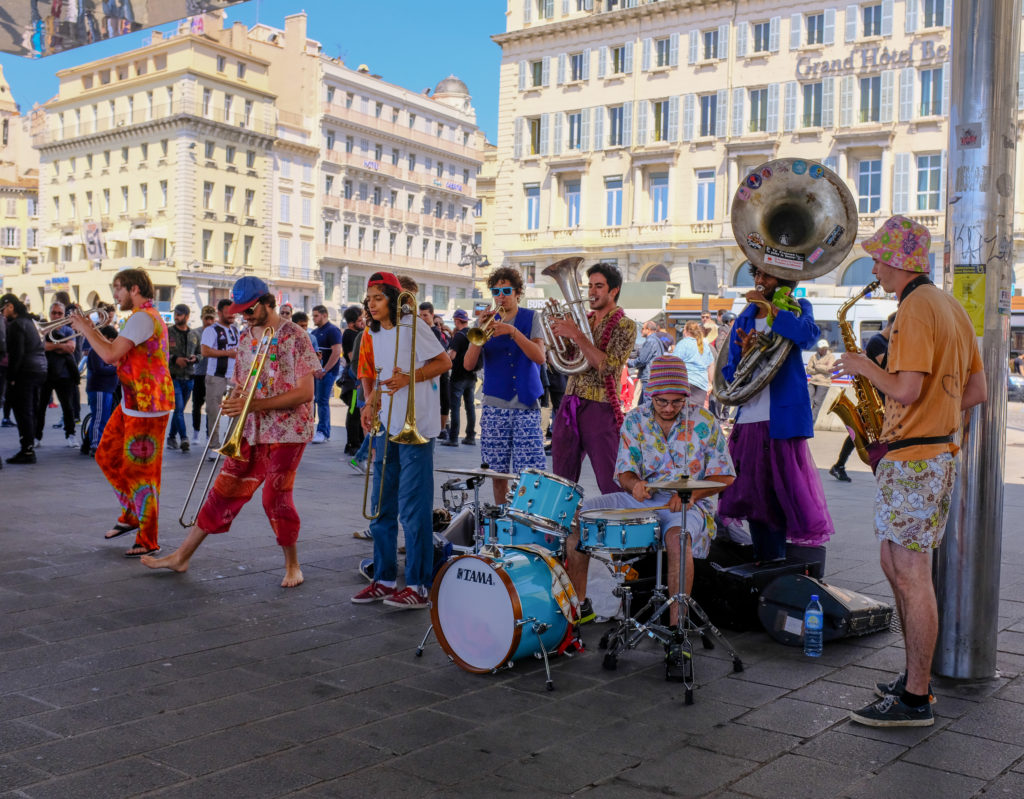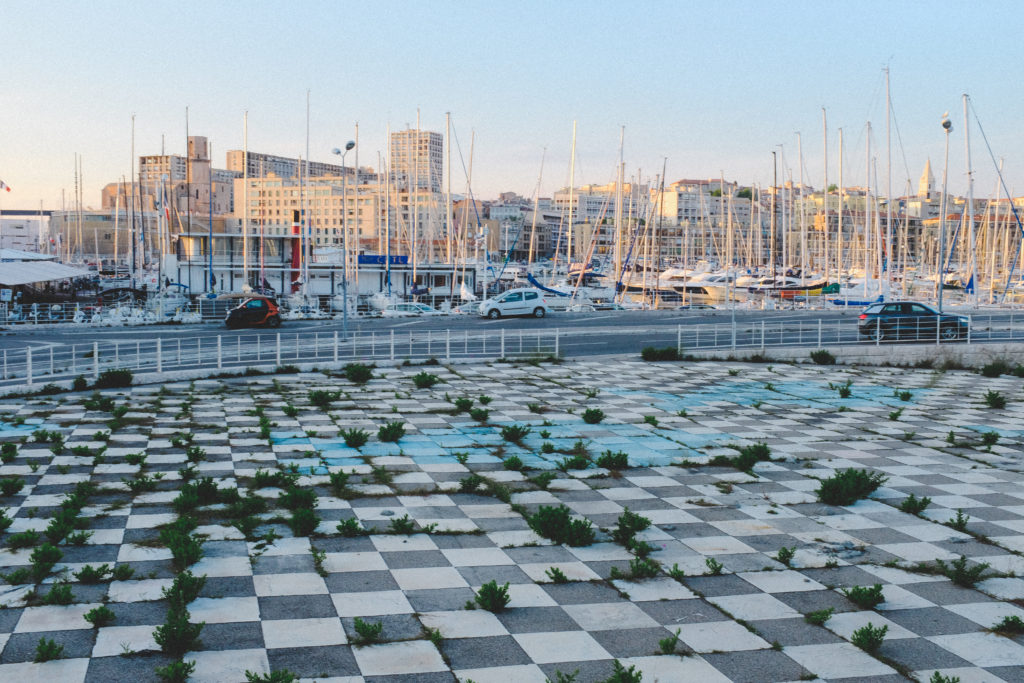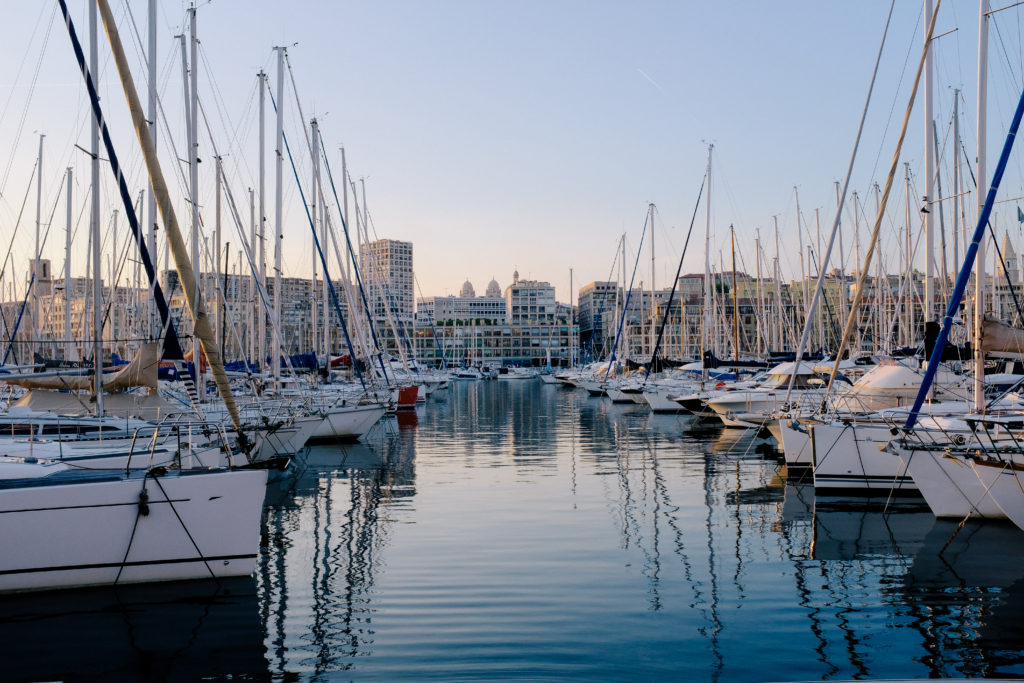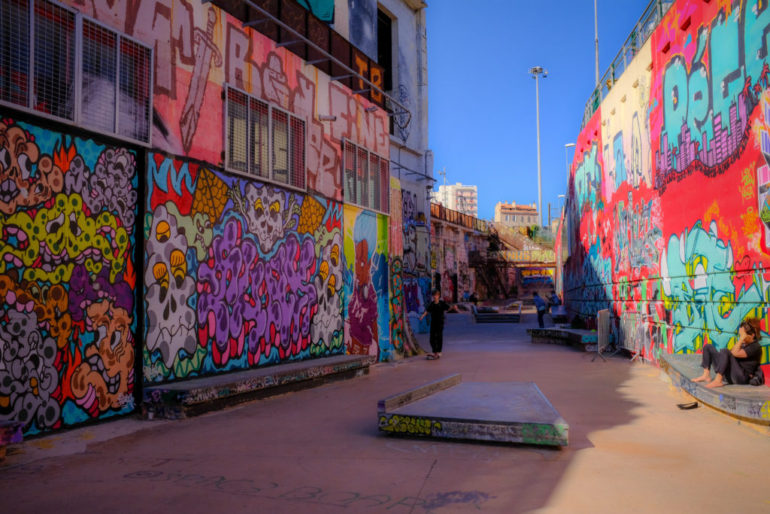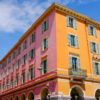Marseille is a great, underappreciated travel destination, a hidden gem that isn’t hidden at all—a great city with great food and great views, sitting right on the edge of the blue Mediterranean, surrounded by freakin’ Provence. It’s got it all.
Anthony Bourdain
Bourdain said it right. But when a city has it all, things can inevitably clash; Marseille is a place of contrasts.
Though it’s the 2nd largest city in France, it feels nothing like Paris, or even the “France” that many visitors expect to see. It’s beautiful for sure, but not in the conventional way—instead, its beauty comes from friction, the way you find things side by side that don’t usually belong together.
This means that there are also very cool, distinct areas to visit. And that’s our favorite way of traveling: exploring by neighborhood. It doesn’t require a lot of planning, and it provides a sense of “structured unstructure”; we can focus on a specific part of the city so that it feels more manageable, but we also feel free to wander and discover its intricacies.
By the end of our time in Marseille, we felt like we had visited several cities in one. Here’s a guide to our favorite neighborhoods:
The Ever-Evolving Space: Belle de Mai
Lined with North African small stores and graffiti-covered walls, this neighborhood defies any conventional expectations you might have about France.
Its defining feature is La Friche Belle de Mai, an arts center built inside a former tobacco factory. At first glance, it looks like a colorful skatepark—but if you venture further, you’ll find a cafe and bookstore, art exhibitions, and a local market.
Nearby, there’s also a one-screen theater, Cinema Le Gyptis. It may be initially hard to identify, but it’s impossible to miss, because it’s covered in black-and-white portraits.
They were created by a street artist, JR, who installed a photo booth to capture images of local residents, and then pasted the photographs onto the theatre facade.
This large-format street pasting is just one of many pieces that JR created for his “Inside Out” project, a TED-funded initiative that transforms messages of personal identity into works of art.
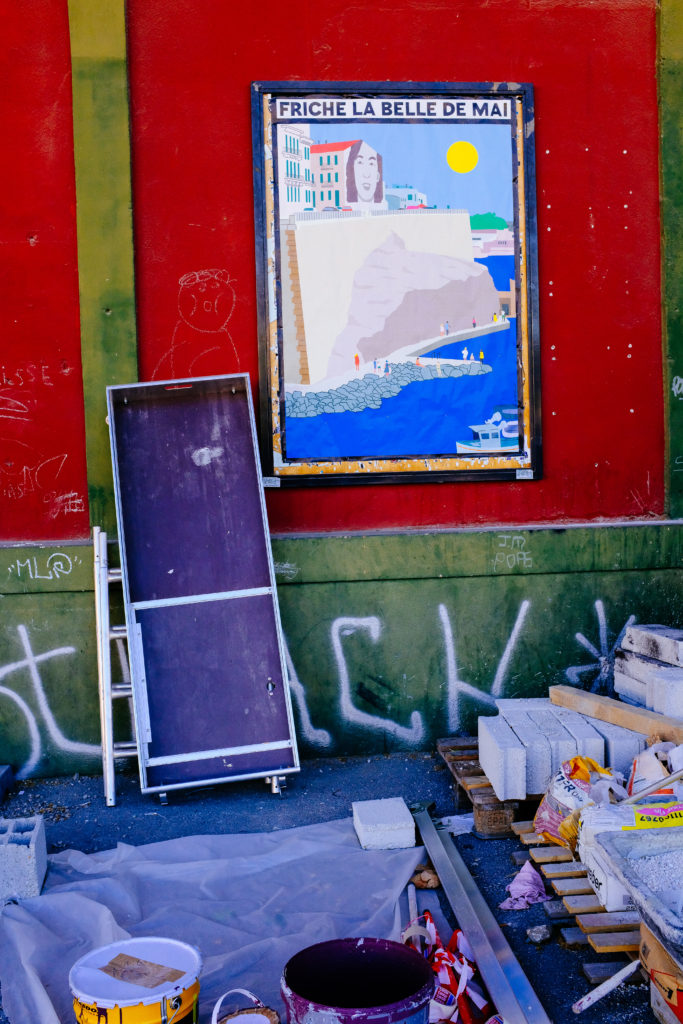
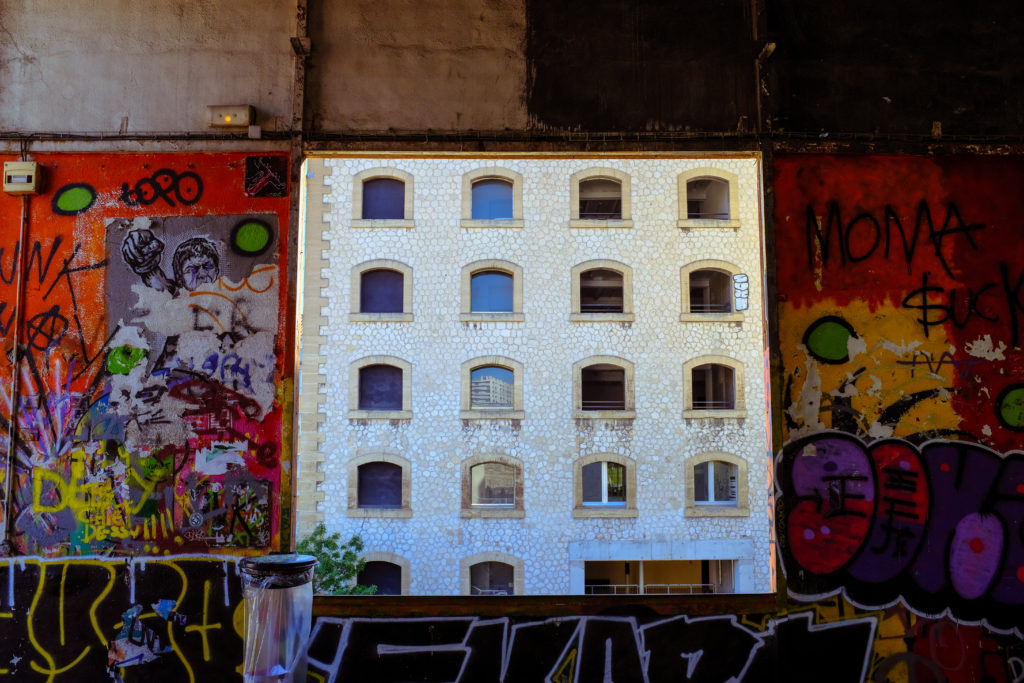
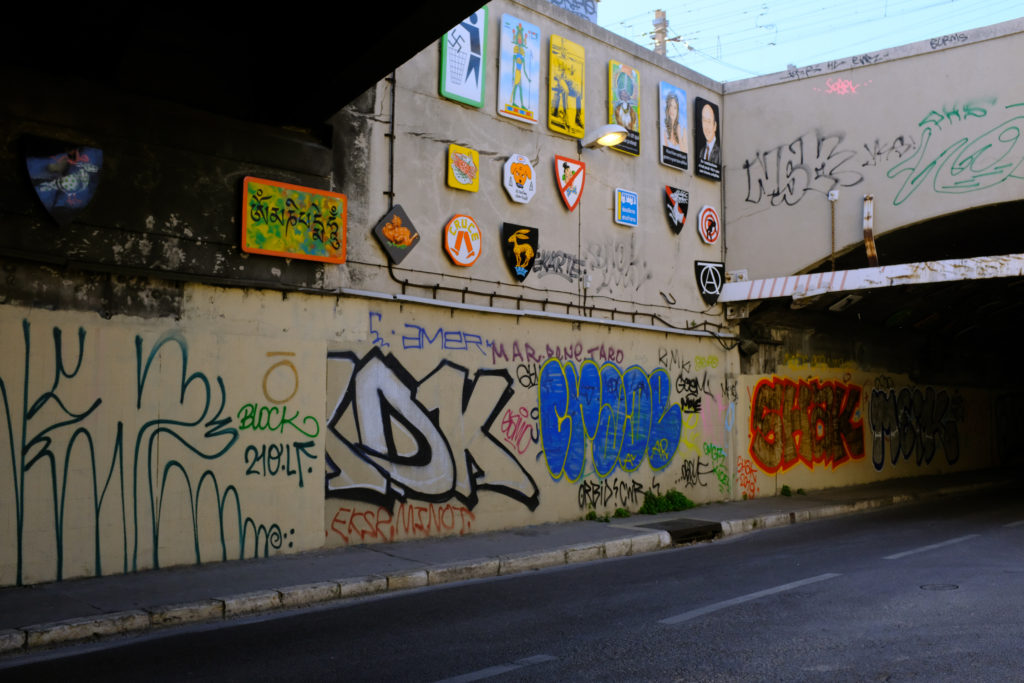
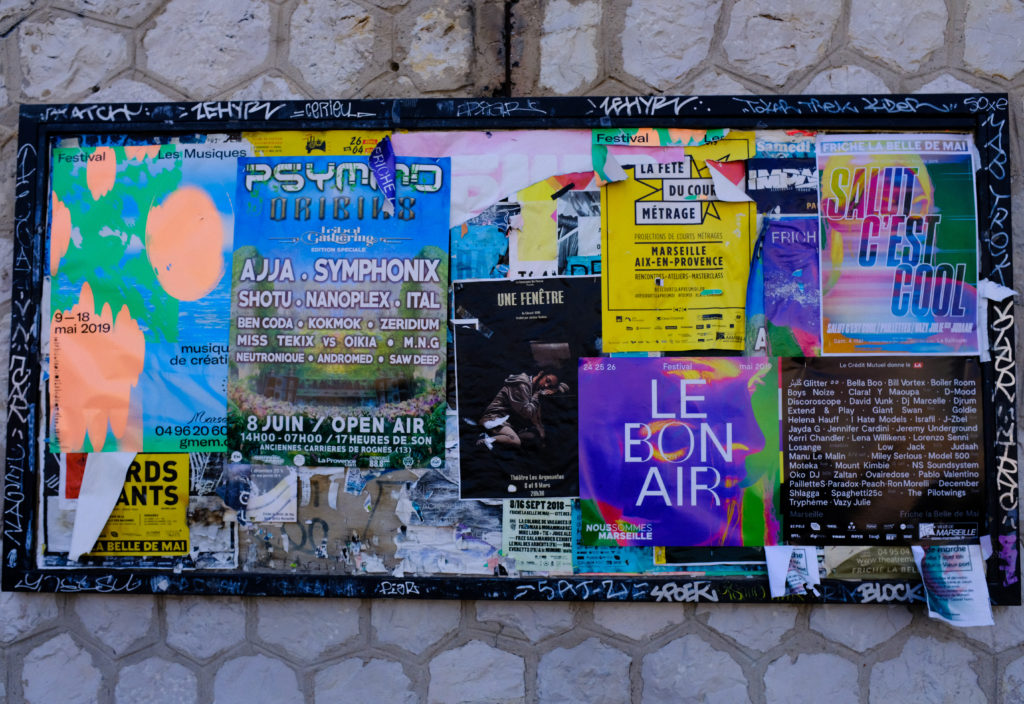
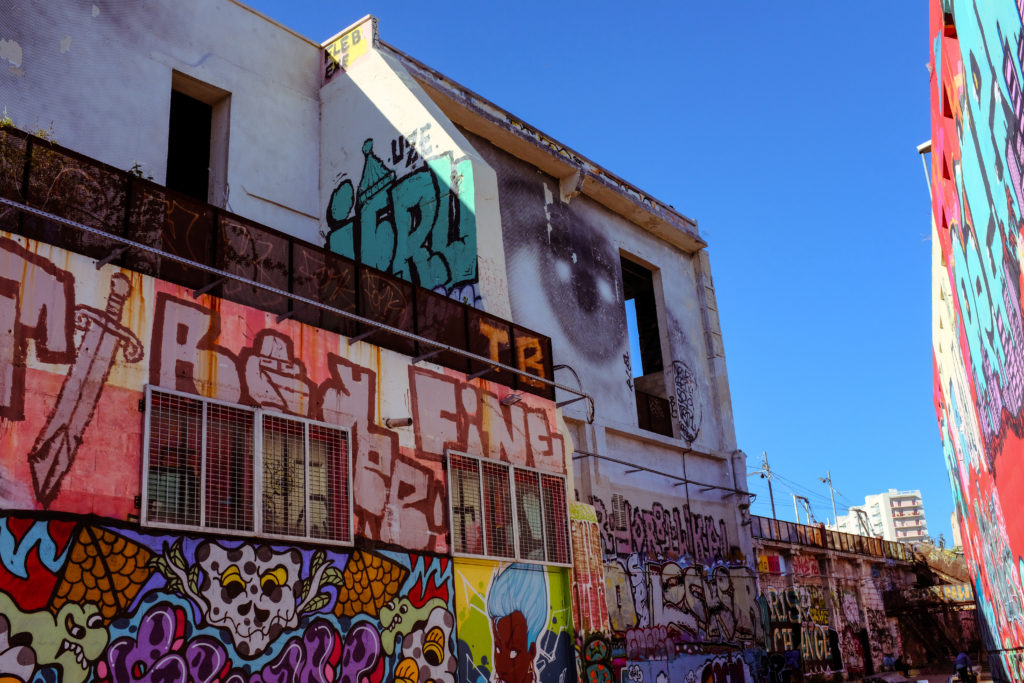
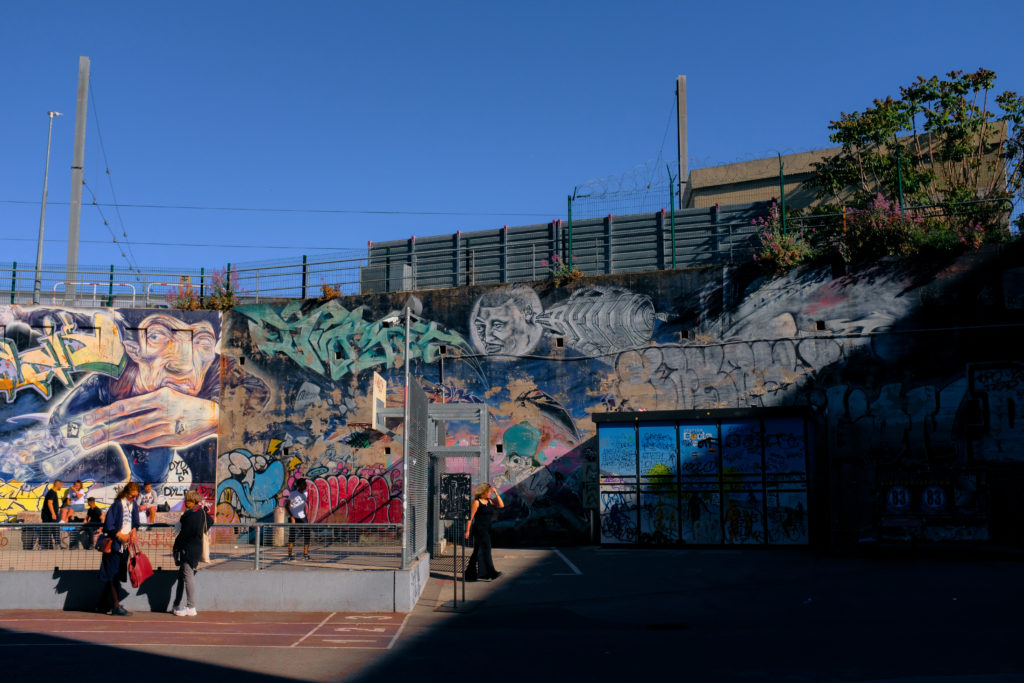
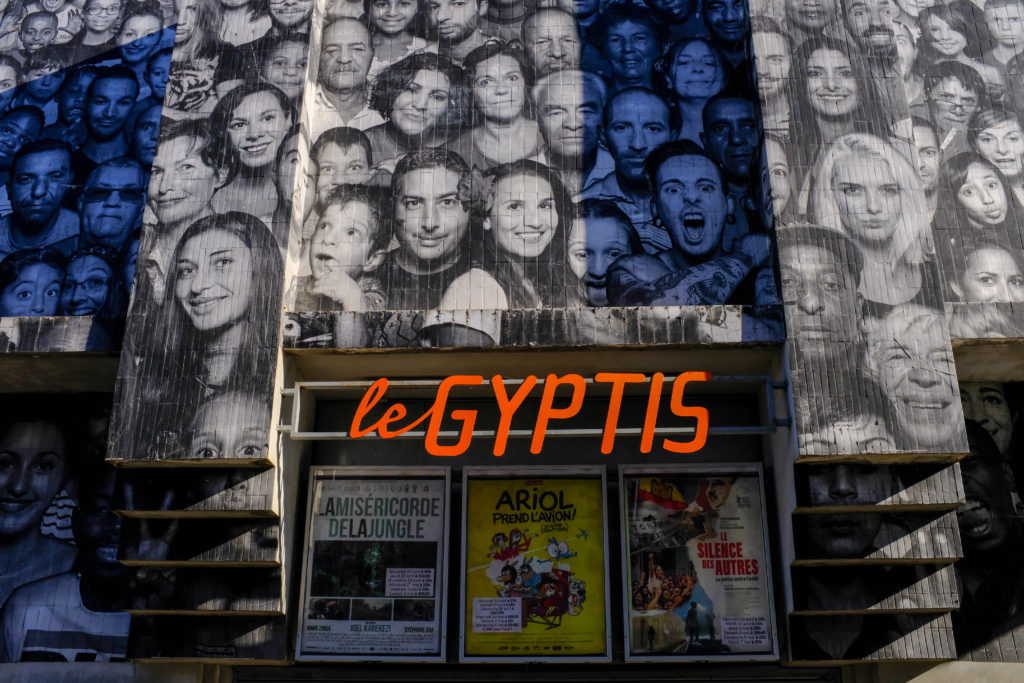
The Breezy Seaside: Endoume
This neighborhood is known for its beaches and local swimming holes.
My favorite part was Vallon des Auffes, a fishing haven sandwiched between two cliffs that you can only access by going down a narrow set of stairs. There, you’ll find locals sitting by the water, smoking a cigarette, drinking a glass of cassis (the regionally-produced wine), or eating a plateful of panisse (a tiny pancake made from chickpea flour).
Learn more about the history of Vallon des Auffes here.
If you walk further, you can also find Calanques de Malmousque, a hidden swimming hole in the city where locals like to sunbathe on the rocks or swim by the parked boats.
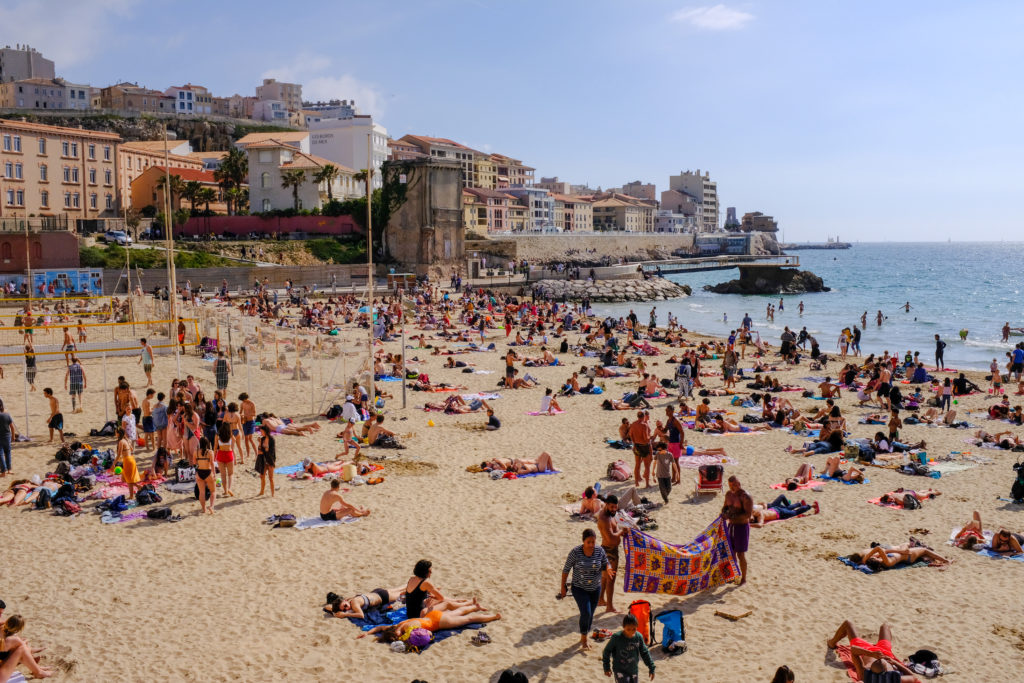
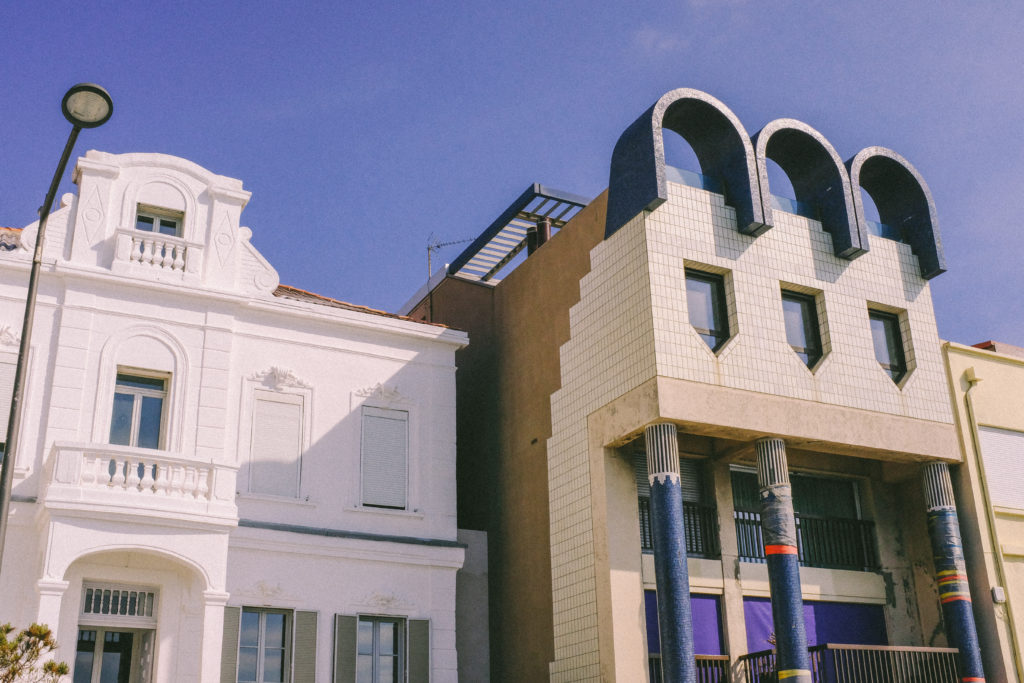
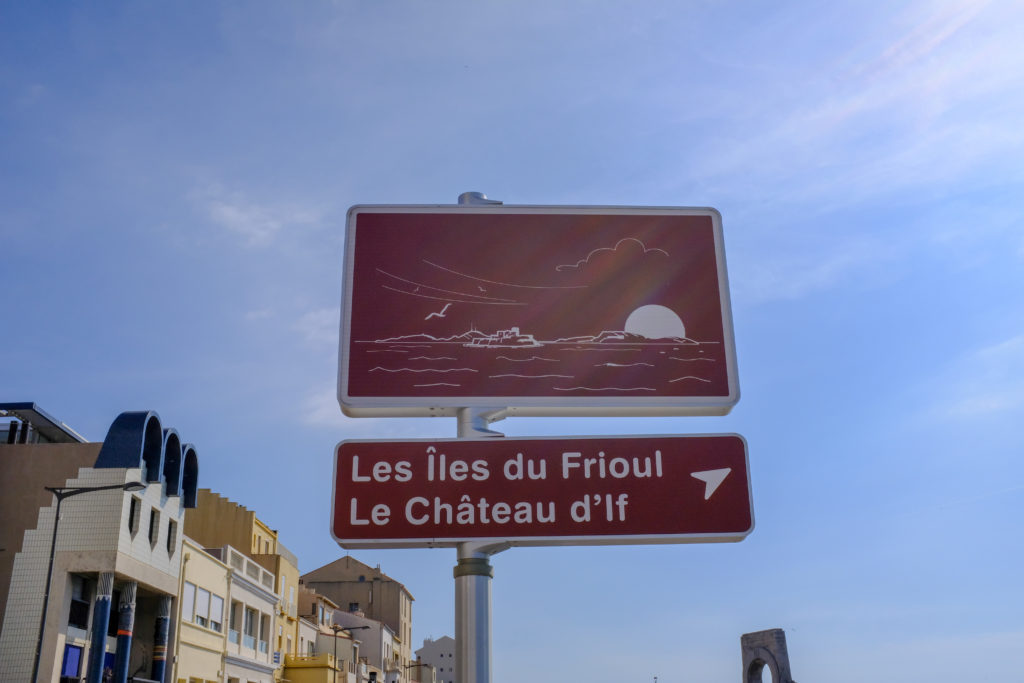
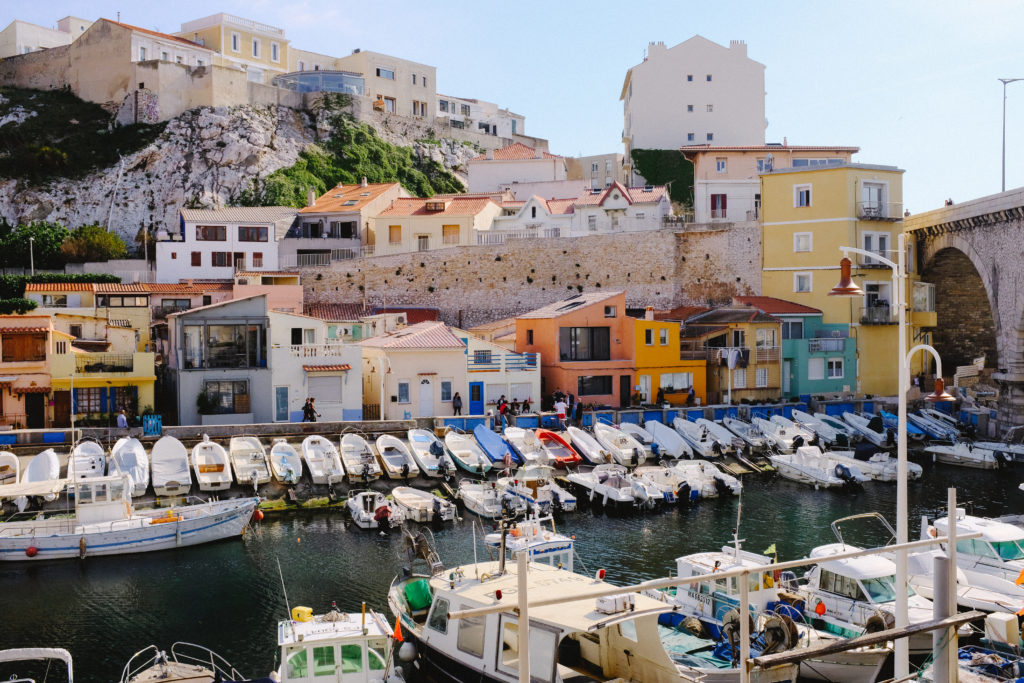
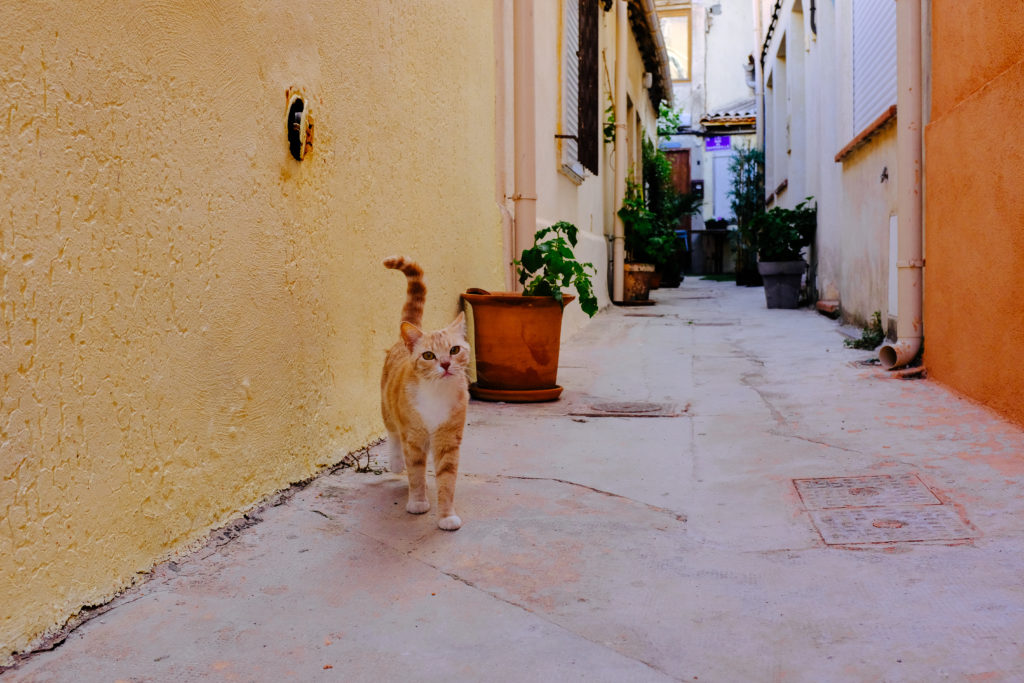
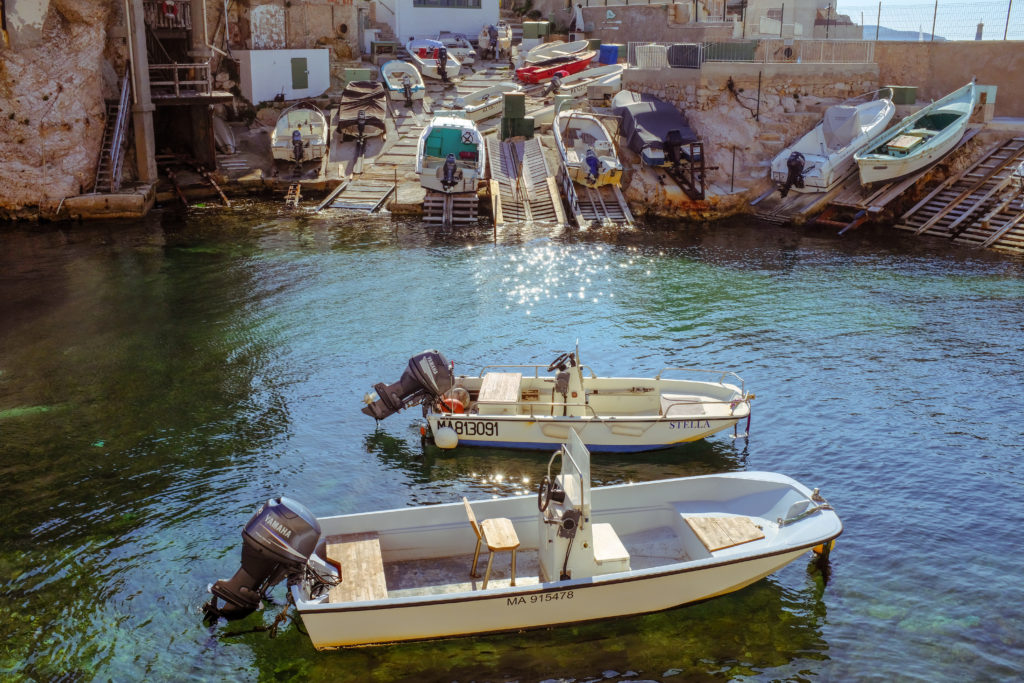
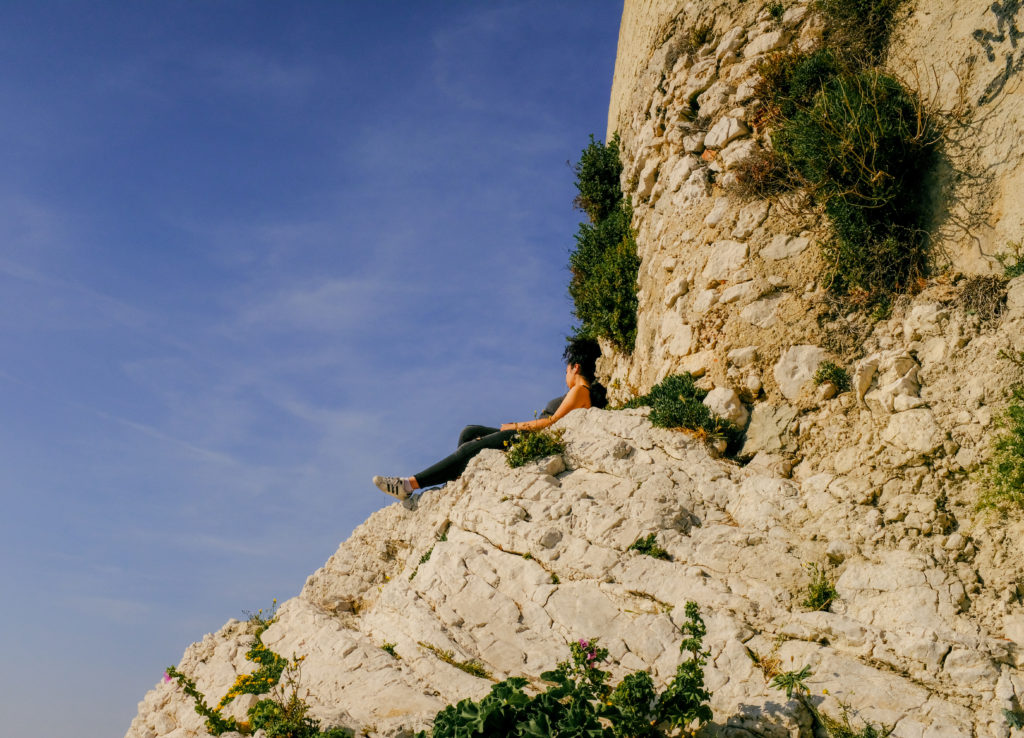
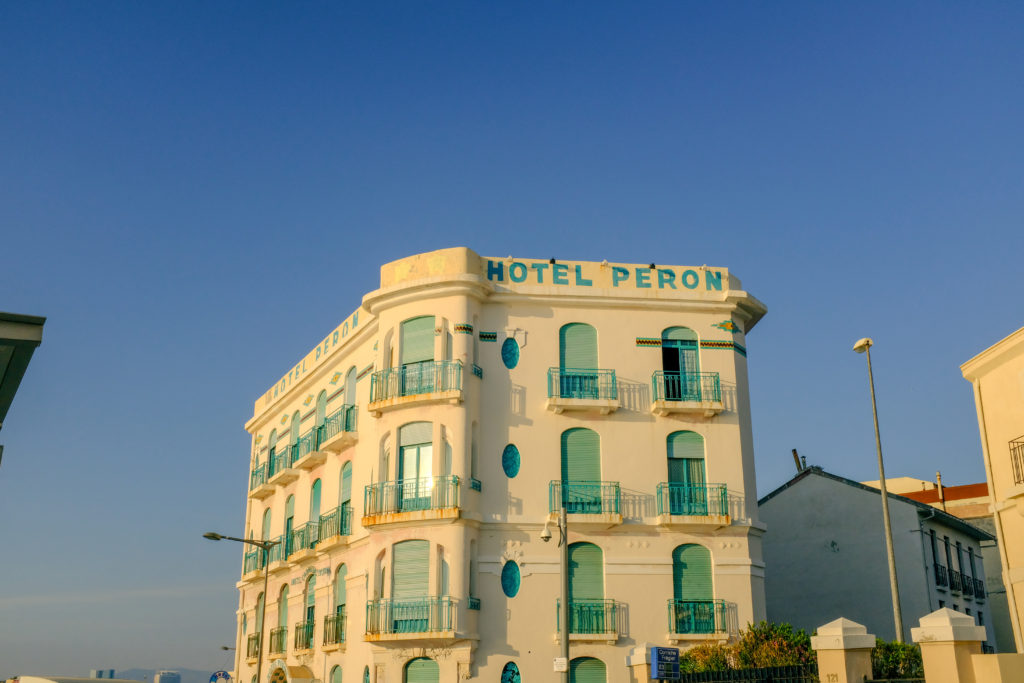
The Wild Escape: Les Calanques
It’s a bit difficult to access Les Calanques, the cliffside swimming holes of Marseille, but that’s because they are so wild.
We took a bus to the south of the city, then hiked for an hour to reach Calanque de Sugiton, a secluded natural wonder. The path is marked by red squares, but it’s difficult to find—we ended up getting lost a few times, but with the help of a few locals, we made it.
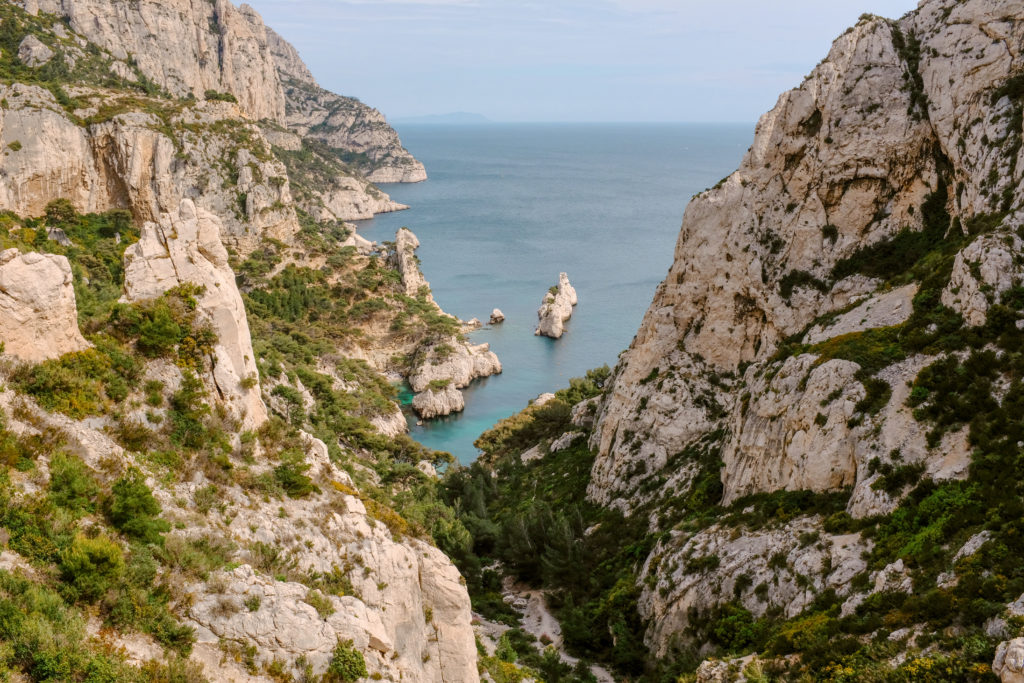
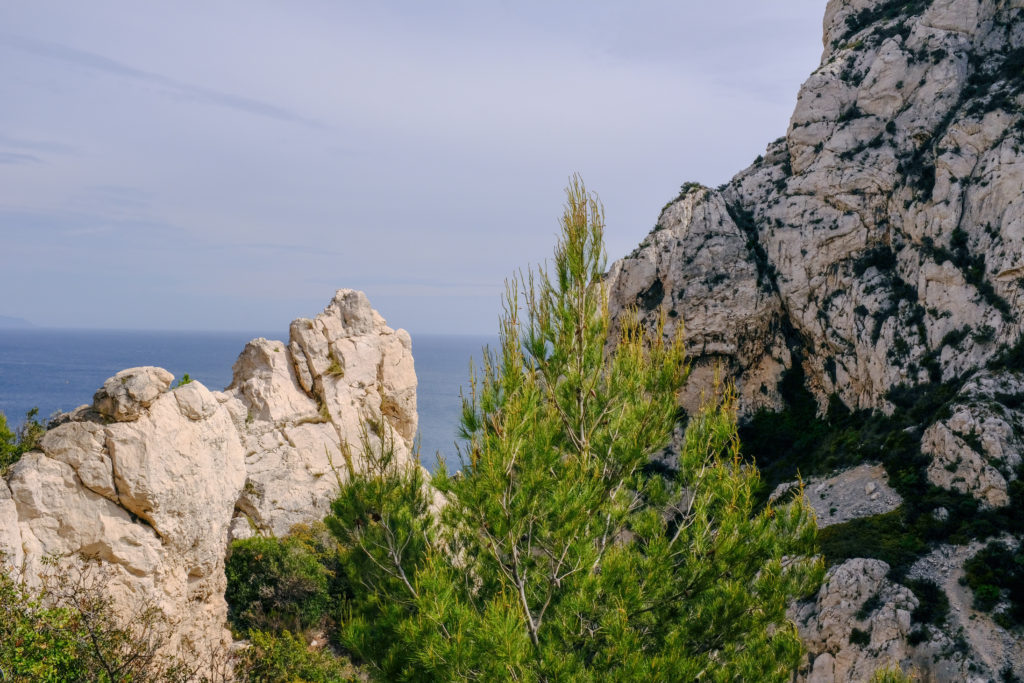
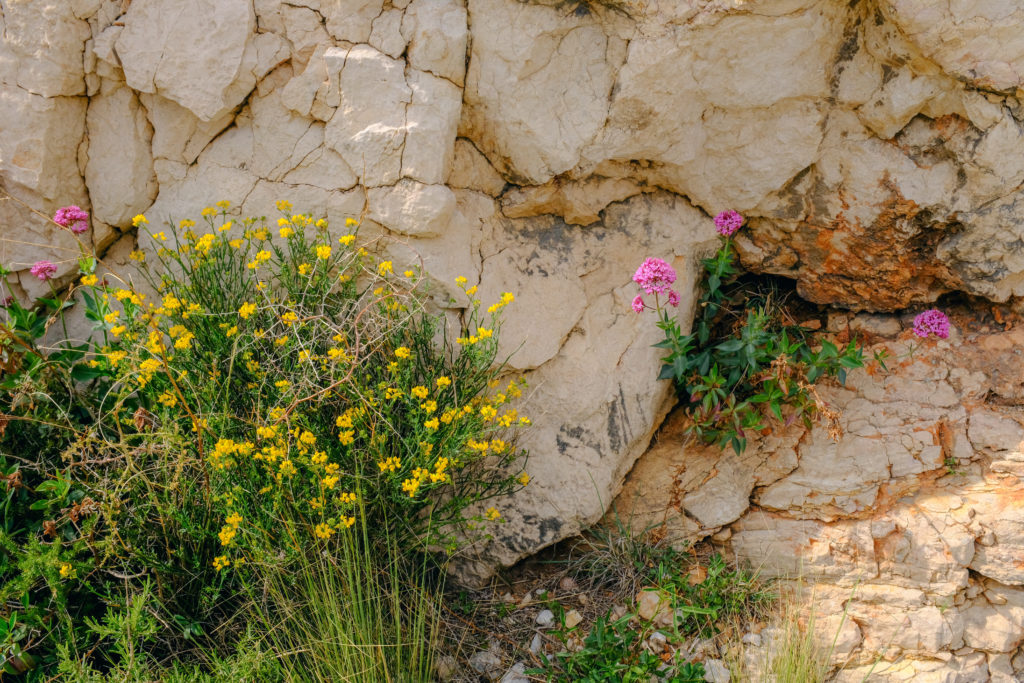
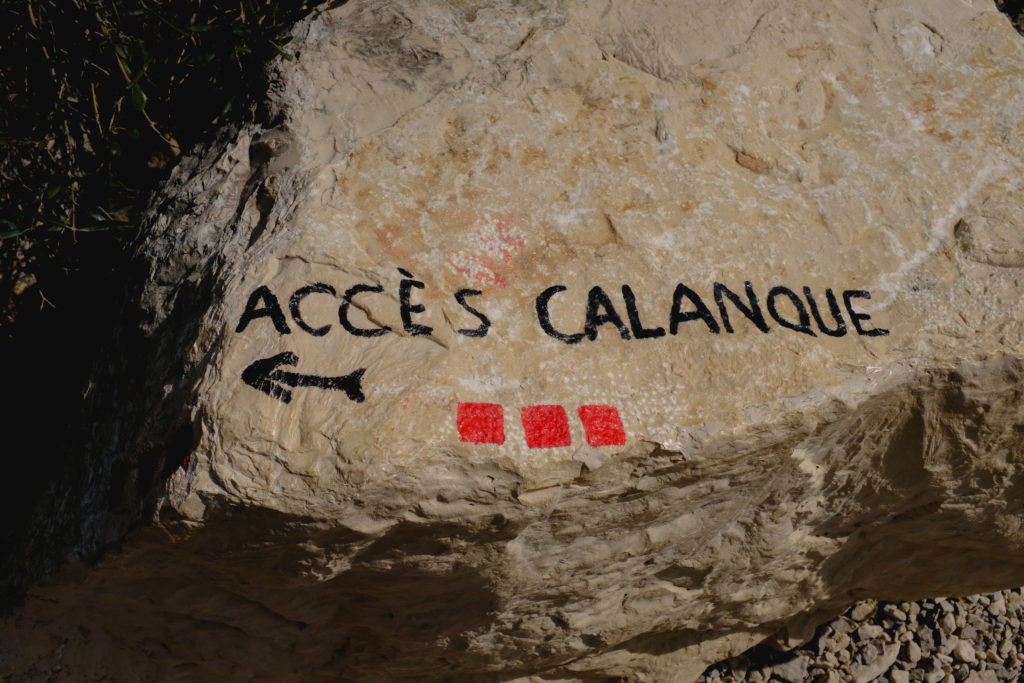
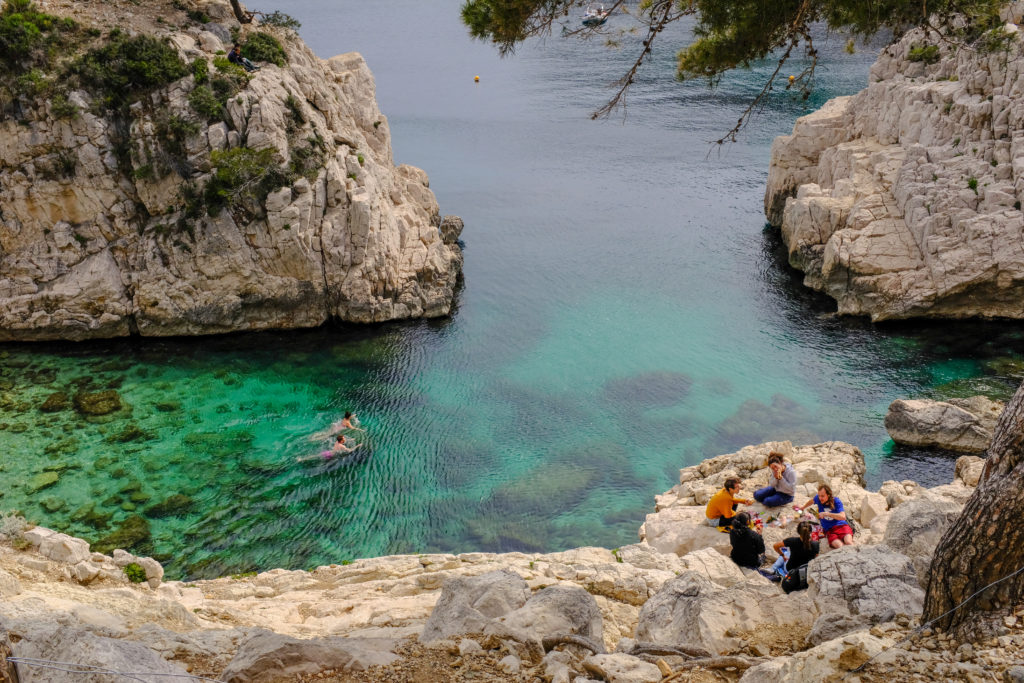
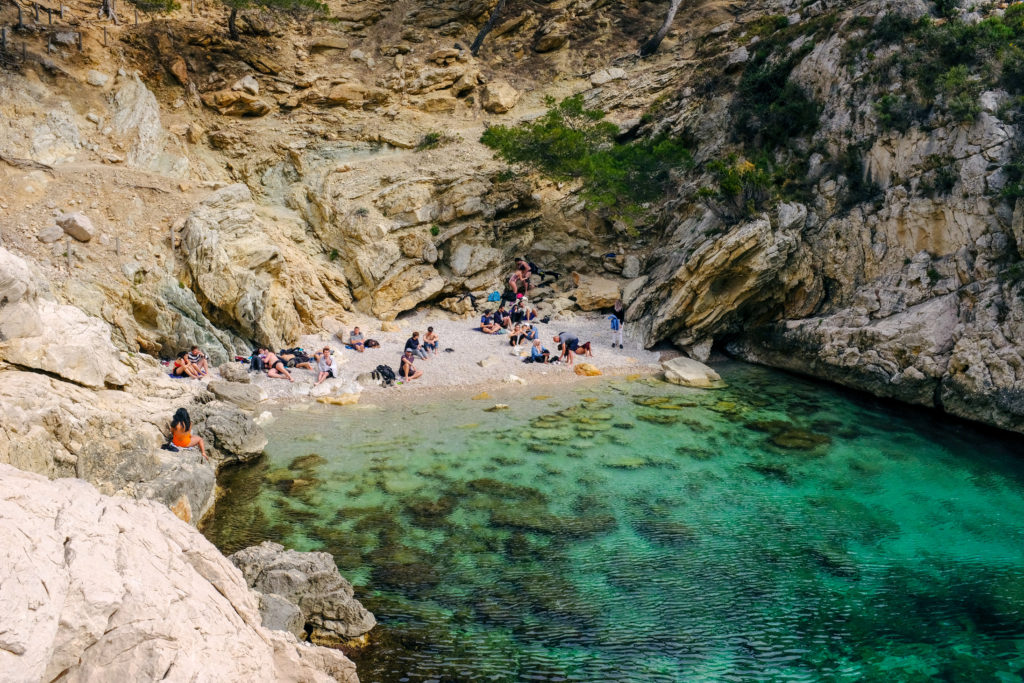
A Place of Relaxation: Cinq Avenues
The defining feature of this elegant neighborhood is Palais Longchamp, a monument created in the 19th century to celebrate the construction of the local canal.
Soprano, a French singer and rapper, filmed a music video for his song “Ils Nous Connaissent Pas” in this location. Watch here.
In this area, you’ll find families and students just hanging out on the steps or in the surrounding Parc Longchamp, which has been named one of the Remarkable Gardens of France by the French Ministry of Culture.
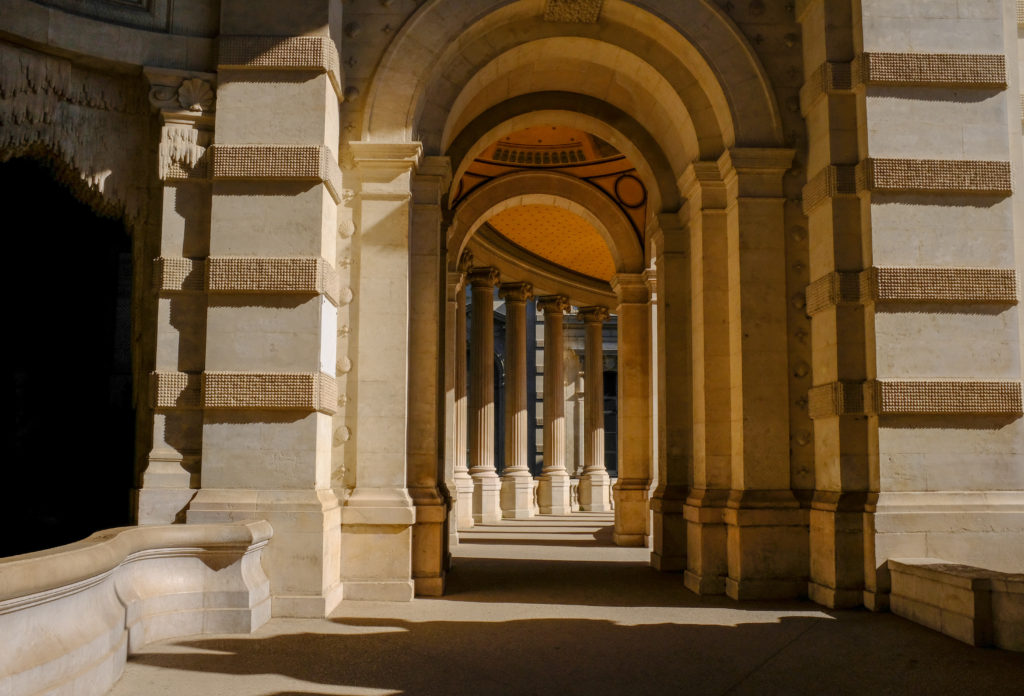
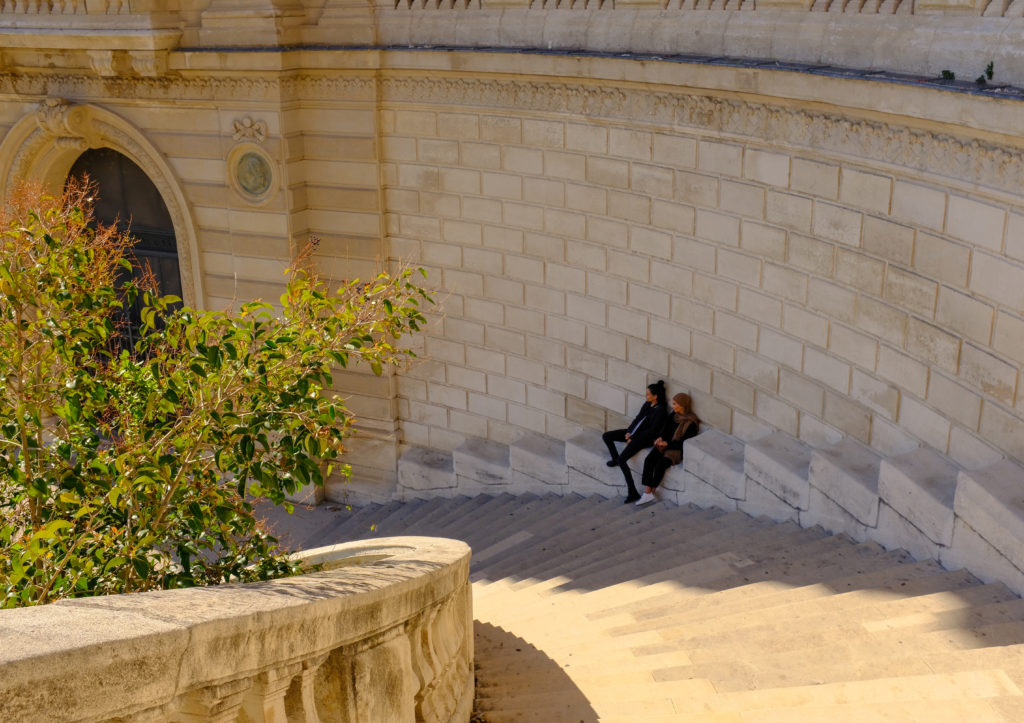
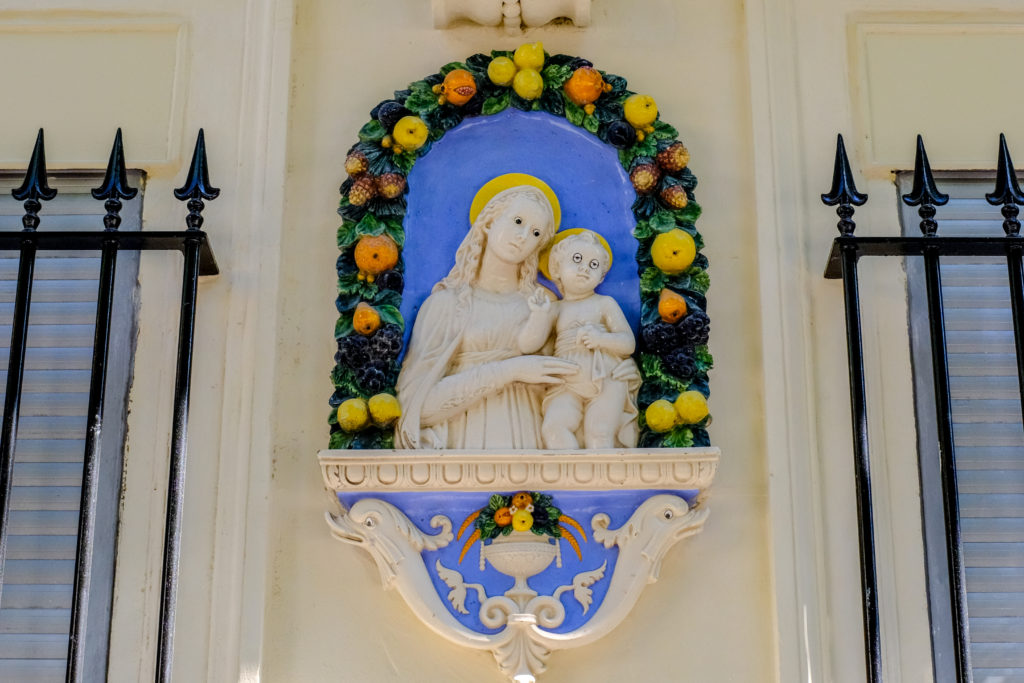
The Oldest Neighborhood: Le Panier
Known as the “bread basket” in French, this is the Mediterranean part of the city, filled with color-washed walls and tiny walking paths lined with street art and small boutiques. Here, you’ll find narrow streets that lead to intimate squares, where you can grab a snack or stop for drinks.
The best thing to do is just wander in and out of shops, from vintage ones that make you feel like you stumbled into someone’s attic to quirky ones that sell sardine-themed clothing.
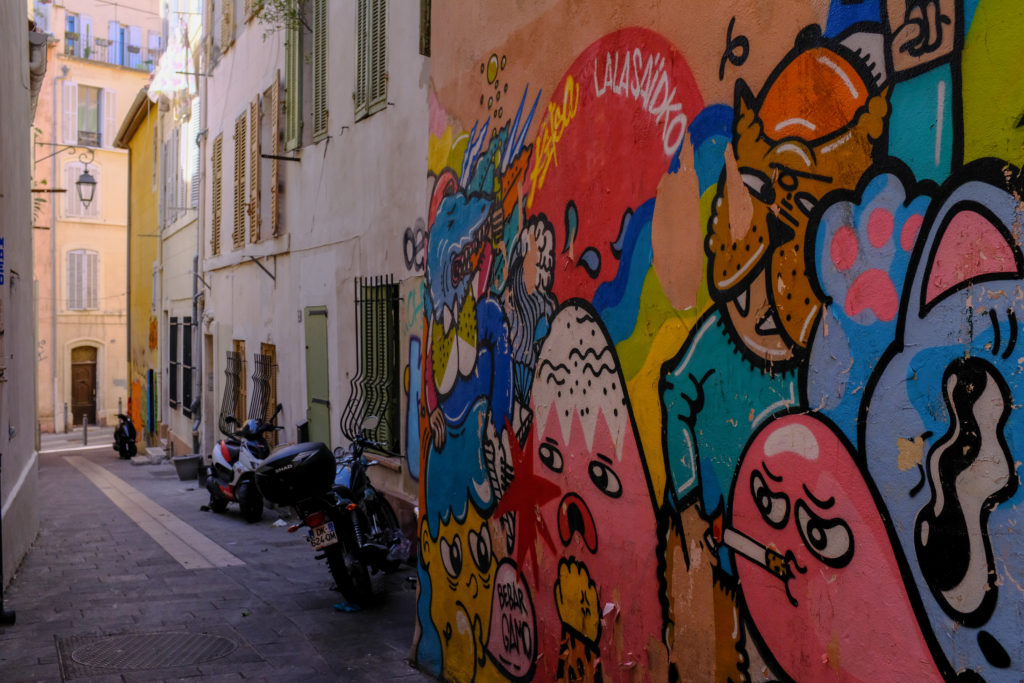
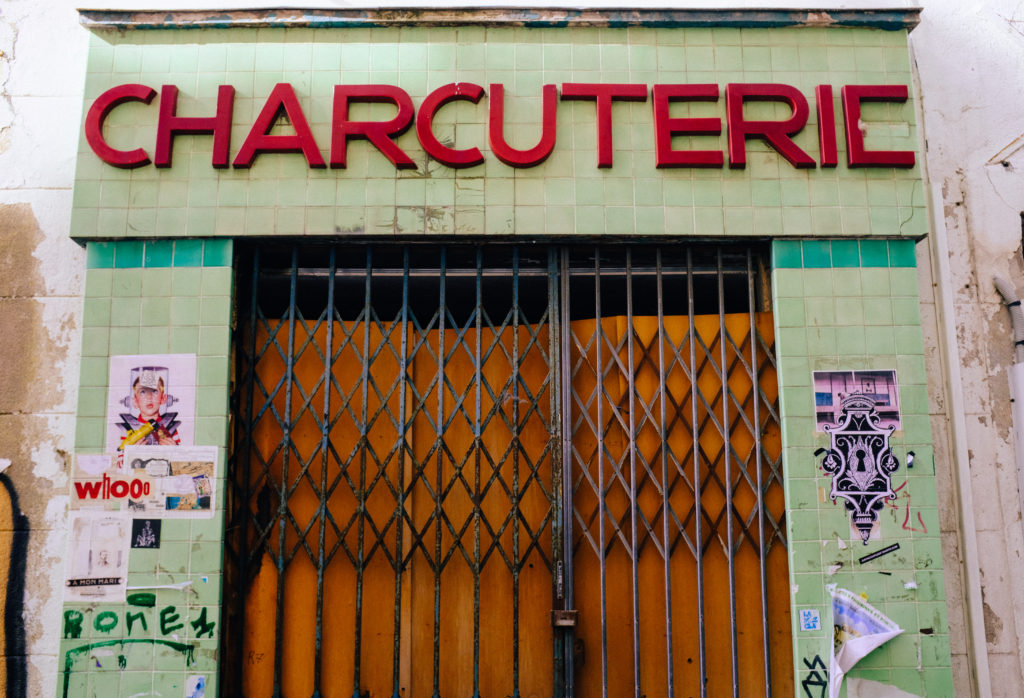
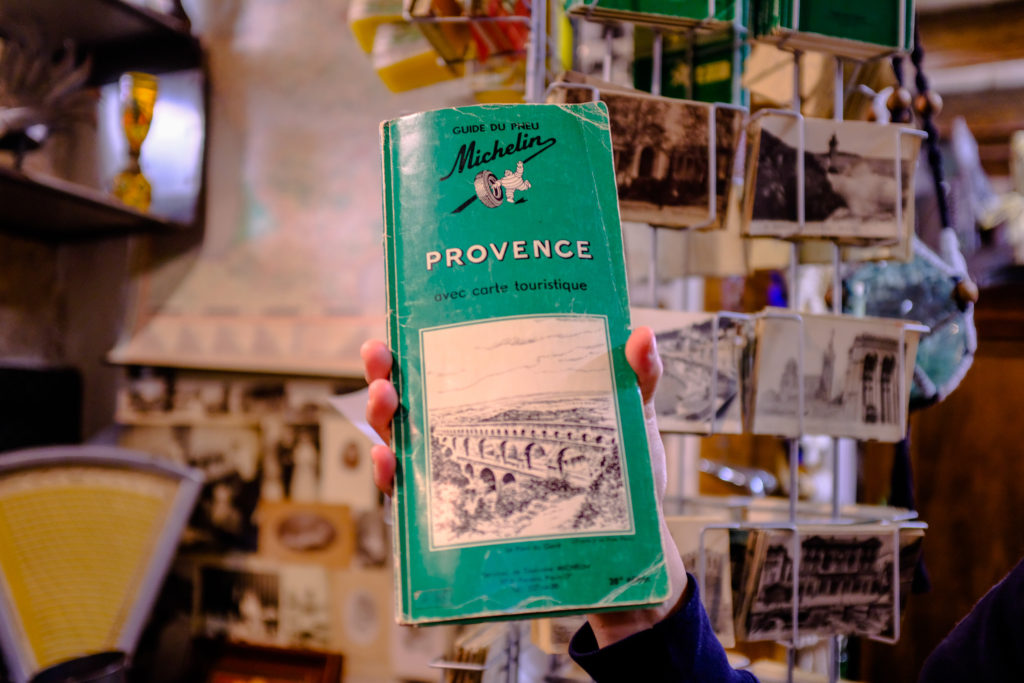
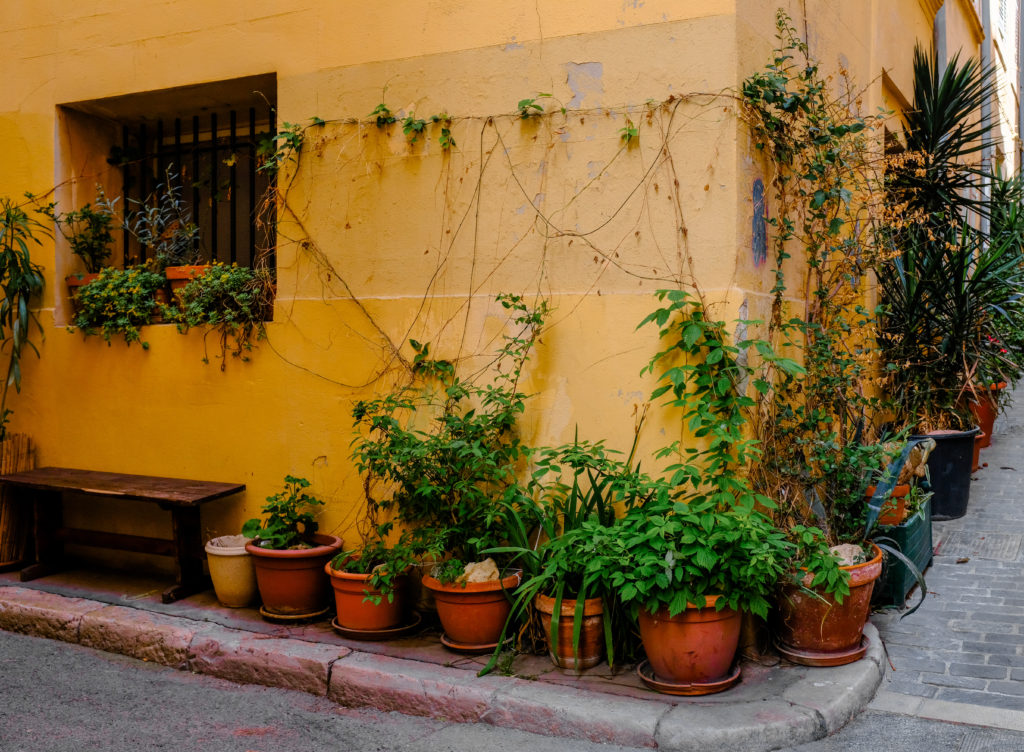
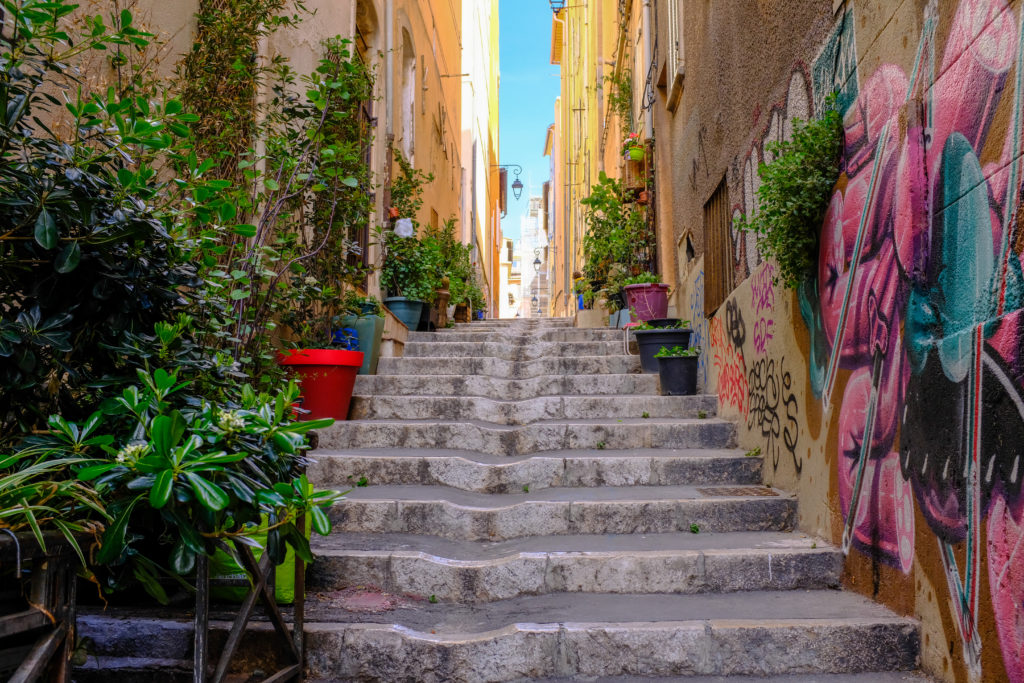
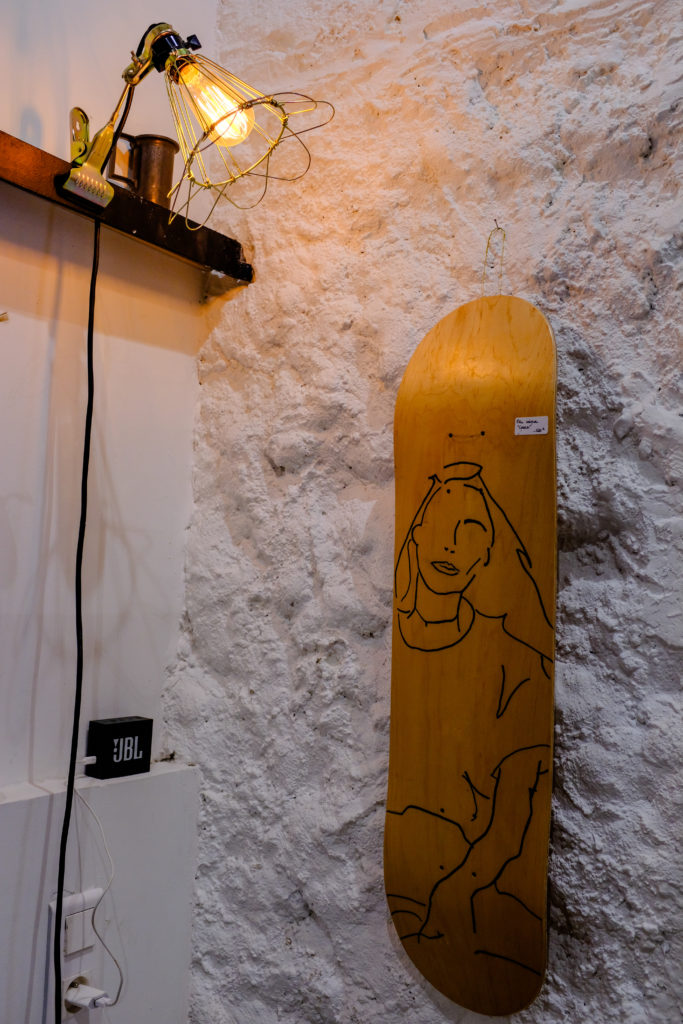
A Mix of the Old and New: Joliette
Here, you can ride a ferris wheel, visit the Museum of European and Mediterranean Culture, climb a tower built in the 1600s, or just sit and look out over the Mediterranean.
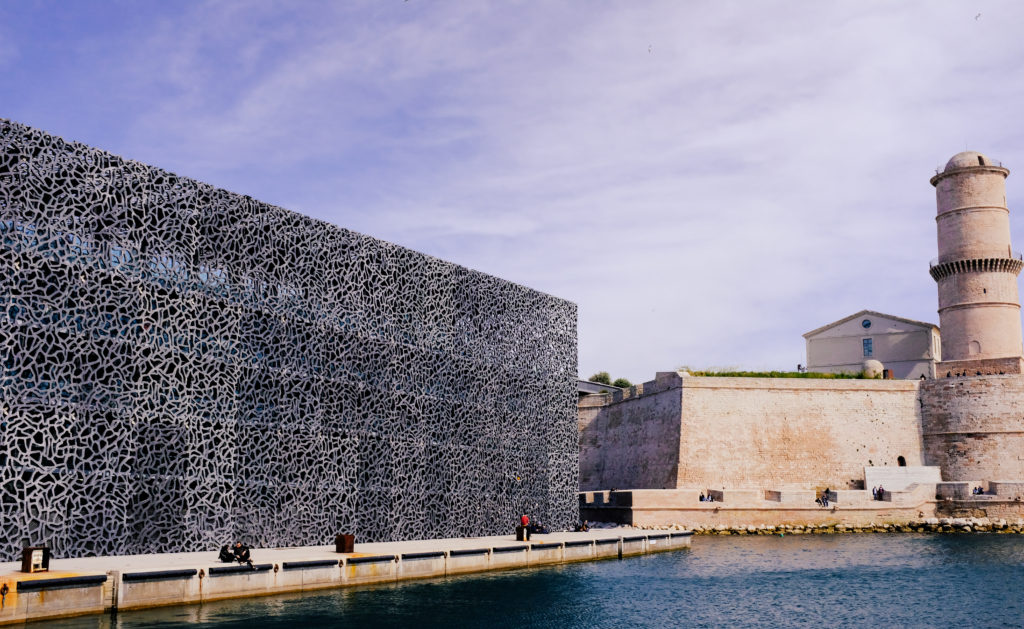
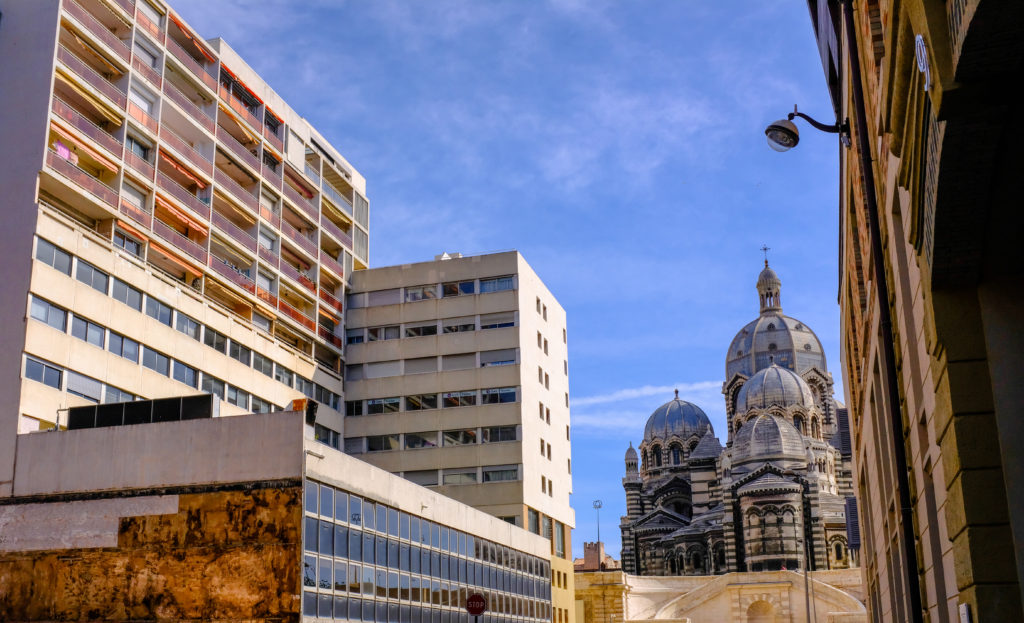
The Gritty Side: Notre-Dame-du-Mont
This area is known for Cours Julien, a trendy street with a graffiti-covered staircase and hip, lively restaurants.
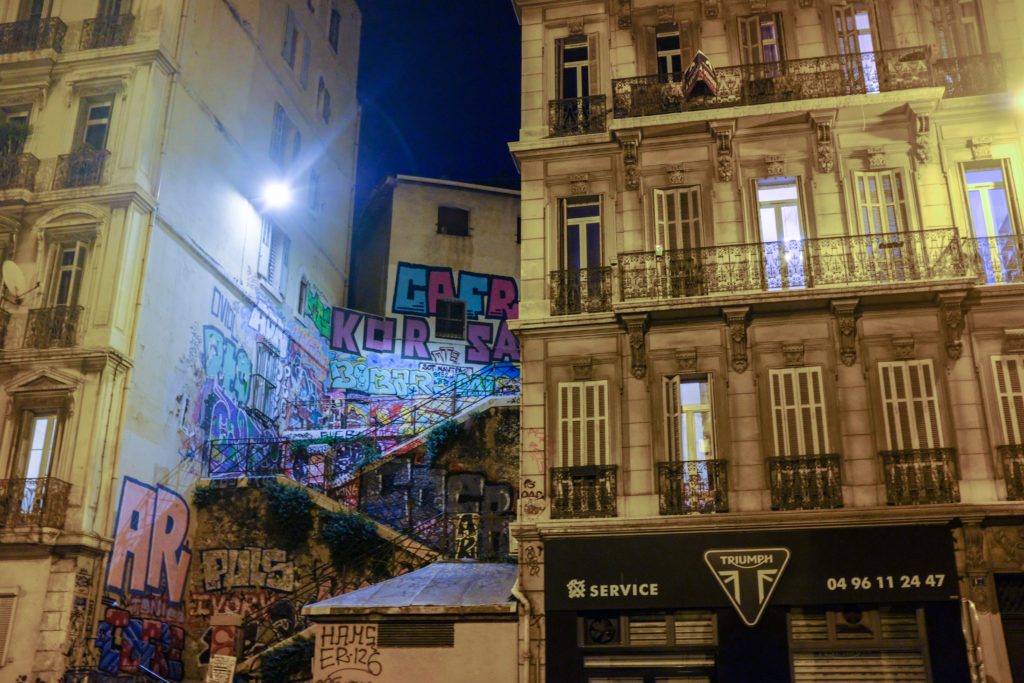
Classic Waterfront Views: Opera and Vieux Port
In this area, you’ll find a public square with views of the harbor, surrounded by restaurants and bars. It feels like one of the most tourist-populated parts of Marseille, and there are often long lines of people waiting to board a boat tour.
